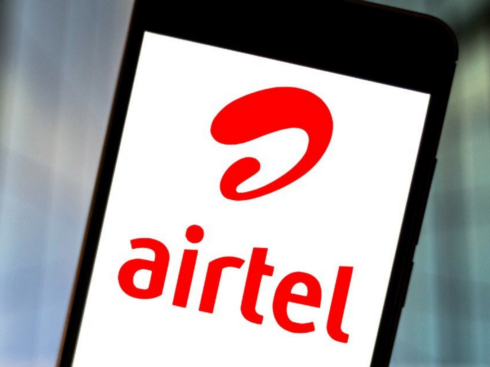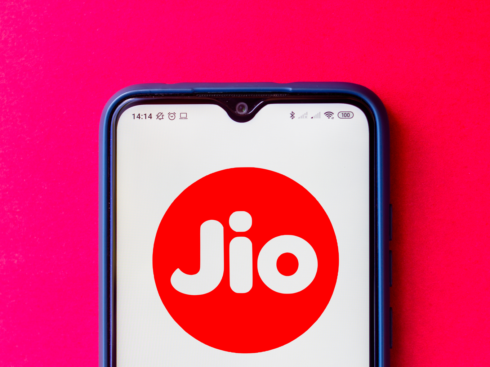
SUMMARY
Slated For Launch Today, Phase 2 Of BharatNet Will Set Up Internet Connectivity In 150K Gram Panchayats By March 2019
The Government of India is planning to offer $550.2 Mn (INR 3,600 Cr) subsidy to private telecom companies through viability gap funding, in a bid to connect gram panchayats via Internet as part of the second phase of BharatNet.
BharatNet is an initiative that aims to provide Internet access to people in rural and semi-urban areas across the country by March 2019.
The Department of Telecommunications (DoT) is also in the process of partnering with state governments of Maharashtra, Gujarat, Chhattisgarh, Andhra Pradesh, Telangana, Tamil Nadu and Jharkhand. To expedite the rollout of the second phase, the central government will also be providing partial funding to the local governments of these states.
Commenting on the development, DoT Secretary Aruna Sundararajan said, “We will launch phase 2 of BharatNet tomorrow to connect 150K gram panchayats with high-speed broadband by March 2019. Phase 1 of the project, under which 100K GPs were to be connected, will be completed by the end of this year. We expect telecom operators to provide at least 2 megabit per second speed to rural households.”
The companies that will be working with the government on last-mile connectivity include Bharti Airtel, Vodafone India, Idea Cellular and Reliance Jio, among others. Through the $550 Mn subsidy, the Indian government is hoping to rapidly increase the number of WiFi hotspots around the country.
Elaborating further, Sundararajan said, “India, at present, has 38,000 Wi-fi hotspots. Under BharatNet phase 2, around 600K to 700K WiFi hotspots will be added with 2-5 hotspots in each panchayat. Some of the WiFi hotspots may not be commercially viable initially. So, we will provide viability gap funding of around $550 Mn to telecom operators.”
The proposal for offering a $550 Mn subsidy to companies assisting the government in the BharatNet project was originally presented before the Union Cabinet in July.
At the time, a DoT official stated, “Within a month, the target is to light up 500-1,000 villages every day with GPON equipment and, for the second phase, we might change the process a little bit – involve private as well as state-run telecom service providers to offer services in the last mile connectivity. We are willing to give viability gap funding for this.”
For the uninitiated, the Viability Gap Funding (VGF) scheme was launched in 2004 by the Indian government to provide financial support to Public-Private Partnerships. Under the scheme, the government offers one-time grants in the form of capital subsidy to encourage the participation of private companies in public infrastructure and development projects.
BharatNet: Bringing Internet Access To 250K Gram Panchayats Across India
The BharatNet initiative (formerly known as the National Optical Fibre Network) was originally conceived in 2012, with the aim of creating Internet infrastructure in nearly 250K gram panchayats all over rural India. The project is being funded through the Universal Service Obligation Fund (USOF).
Despite delays, the government managed to connect around 80,000 gram panchayats in 2016 through WiFi hotspots. Earlier this year, Communications Minister Manoj Sinha stated that the first phase of BharatNet, in which 100K gram panchayats were to be made Internet-ready, was scheduled for completion by the end of March.
The initial estimated cost of $3.2 Bn (INR 20,100 Cr) has increased more than 70% to $11.5 Bn (INR 72,000 Cr). In the 2017-18 Union Budget, the central government allocated another $1.6 Mn (INR 10 Cr) to the BharatNet project. Finance Minister Arun Jaitley said, “By the end of 2017-18, high-speed broadband connectivity on optical fibre will be available in more than 150K Lakh gram panchayats, with Wi-Fi hotspots and access to digital services at low tariffs.”
As per a DoT official, the delay in execution has primarily been the result of vendor testing failure. He told Inc42, “In many places when BSNL (Bharat Sanchar Nigam Ltd) went to give connectivity, they found that the fibre they had laid was non-operational or even missing. New fibres had to be put, which meant far more time and manpower was used than needed.”
Phase 1 And Phase 2 Of BharatNet: An Overview
Phase 1 of BharatNet, which is scheduled for completion by the end of 2017, involved the installation of optical fibre connectivity in around 100K village panchayats. As part of the second phase, the Indian government is gearing up to expand the optical fibre network to over 2 Mn km by March 2019. The initial investment in the second phase stands at $5.1 Bn (INR 34,000 Cr).
Under the first phase, the government also set up more than 15,000 Wi-Fi hotspots, of which around 11,000 are situated in rural areas and the remaining in semi-rural regions. Post the completion of the second phase, Sundararajan pointed out, India will have enough hotspots to make Internet accessible to over 100 Mn people.
The second phase, which is slated for launch later today, will entail the setting up of connection points for optical fibre in each panchayat. Unlike phase 1, the second phase of BharatNet will focus on the installation of a combination of underground fibre, aerial fibre, radio as well as satellite media. Once that’s been done, telecom carriers will be able to buy bandwidth from the government and sell it in rural areas.
In a media interaction last Sunday, the Secretary of the IT Ministry further stated that the government is expecting investment as well as coverage commitments from major telecom players like Vodafone, Airtel, Idea and Jio to make broadband more accessible to the masses.
She added, “The additional optic fibre will provide bandwidth to telecom players, at bulk rates which are 75% less than the rates at which they currently buy.”
According to some sources close to the development, Airtel has already expanded its 4G broadband network using BharatNet’s optical fibre in areas across Rajasthan and MP.
The New Delhi-headquartered telco firm is planning to utilise the government-provided subsidy to establish its presence in 30,500 GPs, with the help of the optical fibre connectivity currently being set up under the BharatNet project. To that end, the company has already started conducting feasibility studies and surveys in many of these villages.
The second phase of BharatNet will see the installation of optical fibre in Assam, Haryana, MP, Rajasthan, UP, West Bengal, Jammu and Kashmir and Sikkim.
What The Indian Government Has Been Doing To Enhance Internet Connectivity
In recent years, India has been witnessing a dramatic increase in Internet usage and data consumption, due to greater availability of technologies such as smartphones, broadband and mobile Internet. According to a 2016 study by Groupe Speciale Mobile (GSM) Association, for instance, India’s mobile using population is expected to cross the 1 Bn mark by 2020. The number of Internet users in India is currently around 450 Mn – 465 Mn; a significant increase from last year’s 432 Mn.
So far, the Indian government through governing bodies like DoT has played an integral part in bringing Internet connectivity to the masses. In August 2016, DoT-governed BSNL invested $1.1 Bn (INR 7,000 Cr) to erect 21,000 mobile towers, according to a report by ET. Later, the Indian Space Research Organisation (ISRO) launched three satellites in May with the aim of providing high-speed Internet in India.
The BharatNet project is quite possibly the biggest initiative undertaken by the Indian government to bring the rural and semi-urban population under the digital umbrella. As per an ICRIER study, every 10% increase in Internet usage is responsible in driving the country’s GDP by 3.3%. Going by that estimate, the successful completion of BharatNet could add $68.7 Bn (INR 4,50,000 Cr) to the national GDP. By offering $550 Mn subsidy to private telecom firms, the central government is likely looking to accelerate the process of setting up Internet connectivity in 250K gram panchayats.


























